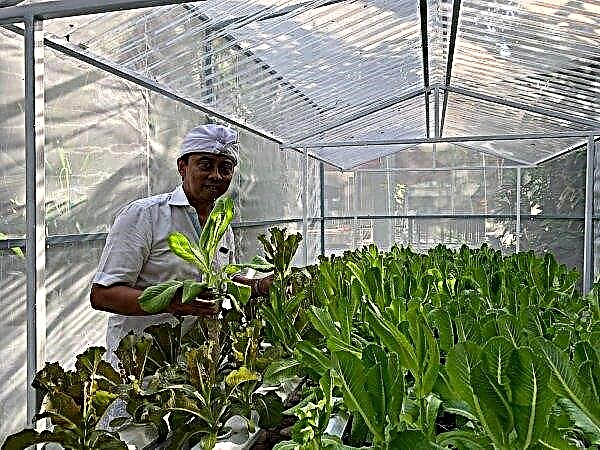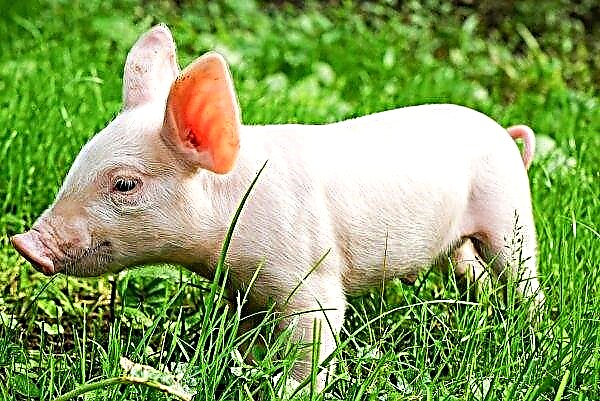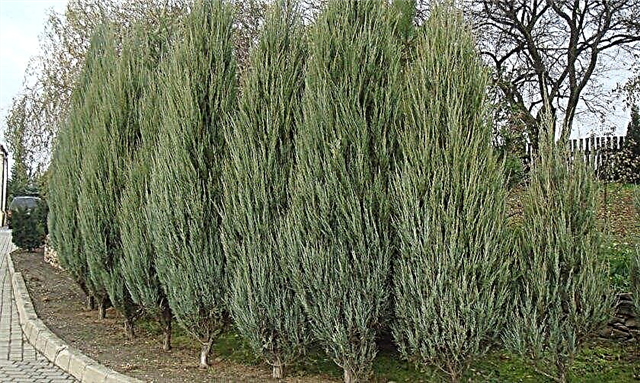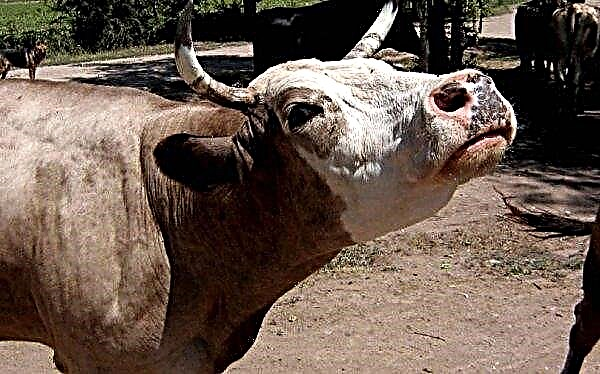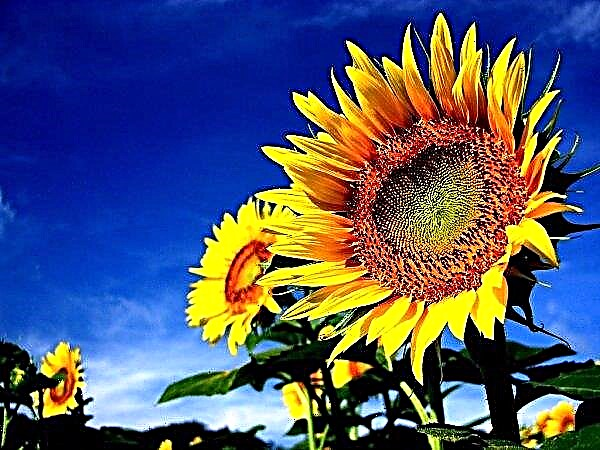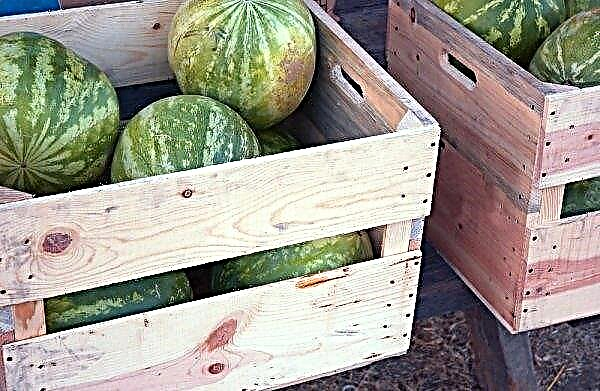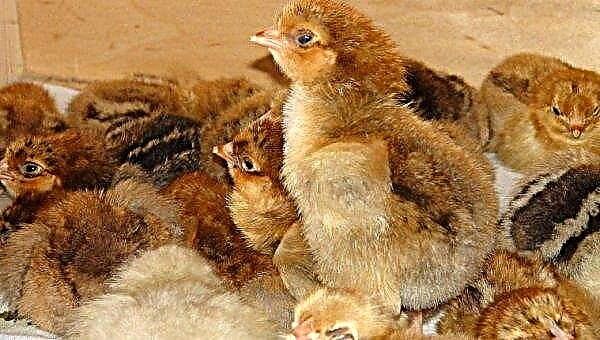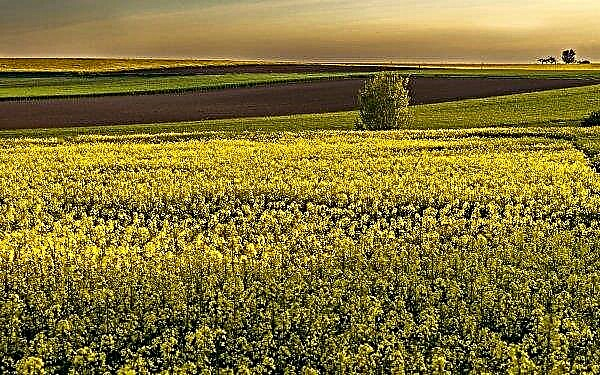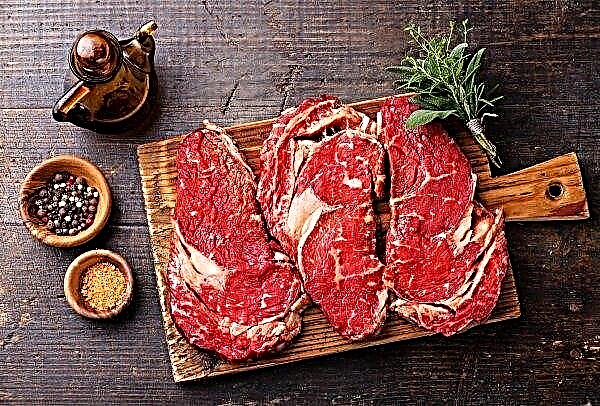A beautiful lawn requires careful care from the gardener, in particular, timely mowing. How to deal with mowed grass, whether it needs to be cleaned and what is the topic of the article today.
Can grass be left on the lawn?
To leave cut vegetation or to remove is not a definite answer, since there are pros and cons. The lawn is usually mowed to give it a well-groomed appearance, a flat surface. Blades of grass should be the same length, so they use a special technique for mowing: a lawn mower or trimmer (electric or motocosa). If you leave the cut green mass, the grass, scattered in a mess horizontally between even vertical stems, significantly spoils the appearance.

Separately, it should be said about lawn cleaning for the winter. There are many opinions that the lawn should winter under shelter so that the young growth does not freeze. In regions with cold winters, mulch is really necessary. But for these purposes only dry material is used. If you leave a layer of fresh vegetation on the lawn for the winter, whether it be grass or fallen leaves, fungal bacteria develop under it. In addition, the moist residues of greenery prevent the earth from “breathing”.
Another solution is to mow and clean the grass right away. If you take this as a rule, in 2-3 years the land will be exhausted. Vegetation will break through unevenly, bald spots will appear on the site. Therefore, from time to time to leave the mowed grass is useful. Decaying, the mass turns into a natural fertilizer, saturating the soil with nutrients.
The rest of the greens will also fulfill the role of mulch:
- protect the roots from overheating;
- inhibit weed growth;
- slow down the evaporation of moisture.
When cutting with a trimmer, the device not only cuts, but also shreds the vegetation greatly. Small particles do not interfere with the growth of the lawn, and after 3-5 days it takes its previous form. If the site should look perfect all the time or we are talking about an autumn haircut, it is better to remove these residues.

How and how to clean
If you have a lawn mower with a grass catcher in your country house, you only need to throw out its contents from time to time as it is full. In another case, the greens are removed after cutting the entire plot.
A garden rake is used to clean the area. The best option is a fan type tool. In it, the working part of the rake is similar to a fan frame made of a thin but strong wire. The tips are bent, which allows the rails to collect all the garbage. The length of the teeth is not long: they do not touch the growing grass, do not harm the roots. The width of the blade makes a sufficiently wide grip, so cleaning does not take much time.
Important! Ordinary garden rakes can damage both the root system of plants and stems with foliage.
It is not difficult to work with inventory: the fan is lowered to the surface of the mowed area at a distance of the length of the handle from itself, and then pulled together with vegetable debris. Gradually heap up several heaps, which with the help of a pitchfork are thrown on a garden wheelbarrow.
Using mowed grass
Cut vegetation is a diverse material in terms of application. If you have animals in the country, the mass can serve as their litter. Herbal granules are prepared from it, used as biofuel. Cut greens can also be an ingredient in the manufacture of biological building materials. Most often, fertilizer or mulch is made from plant debris.

Mulching
Fresh grass can be harmful to cultivated plants in the garden and the garden, so it must be dried for mass application. Fresh residues often contain toxic substances, in addition, a fungus may form in them. For drying, greens are collected in stacks, left in an illuminated and ventilated place. After that, hay is stored until spring in a closed, dry room with good ventilation.
Important! It is undesirable to use lawn greens as mulch in the greenhouse, since there is always high humidity. Even well-dried grass can start to rot and rot.
Compost
Rotten plants are rich in a large number of substances necessary for cultivated plants, such as nitrogen, potassium, phosphorus. Compost is not inferior to manure in its properties. In addition, unlike the latter, it can be applied to all cultures. There are two options for making compost: aerobic (or oxygen) and anaerobic.
The first method is guided by the following recommendations:
- Prepare a pit in a shaded area.
- They cover the bottom with branches, boards, then peat and sawdust.
- Place the dried material, interbedding with the soil.
- Leave for ripening for 2–2.5 months.
- Once every 3-5 days, a bunch of open and turn over.
- For over-aging and maximum concentration of beneficial elements, oxygen is needed.

The second method involves preparing compost in a sealed container without intervention:
- Vegetation is placed in the barrel.
- Pour the solution from EM preparations in the ratio of 1 liter per 1 t.
- Leave for 3–3.5 months.
If there is a pond with plants at the cottage, they must be added to the compost heap. Pond greens quickly decomposes and saturates the remaining mass with moisture, and in terms of the number of useful elements it is not inferior to terrestrial plants.
Did you know? The writings of Ancient Egypt found by archaeologists contain information that during the periods of the Nile flood, farmers collected algae thrown out by the water on the banks and covered their fields with them.
How to cook top dressing
Green fertilizer is used in the cultivation of garden and fruit garden plants. Liquid infusion is prepared faster than compost, and it can be used in two weeks. For cooking, use a large plastic container, which is filled with raw materials by a third and filled with water. To enrich the dressing with a large number of microelements, yeast is added to the infusion in a proportion of 200 g per 200 liters. The barrel is tightly closed so that the mass begins to ferment. Before use on crops and plantings, the infusion is usually diluted with water in a ratio of 1: 1.

Thus, lawn grass can be left from time to time as a natural fertilizer for the lawn. However, for the winter, all plant debris should be removed.

